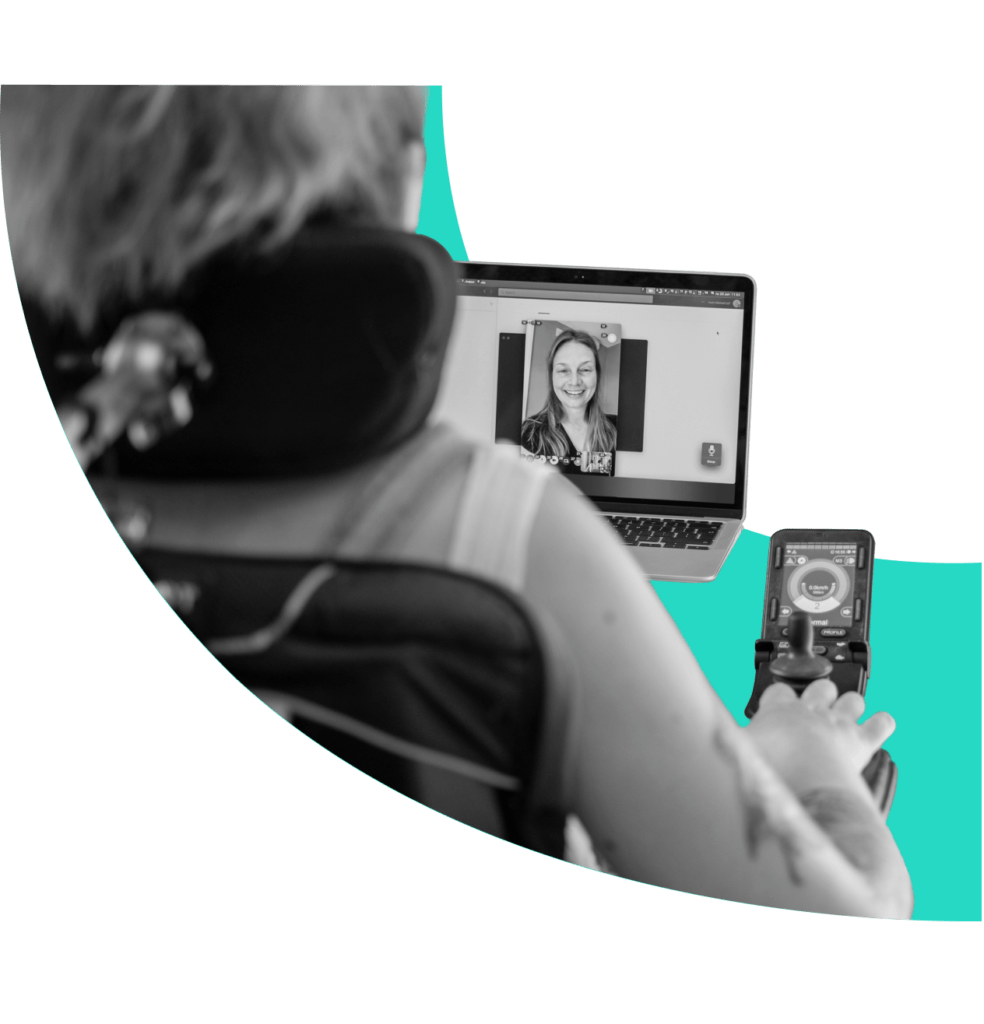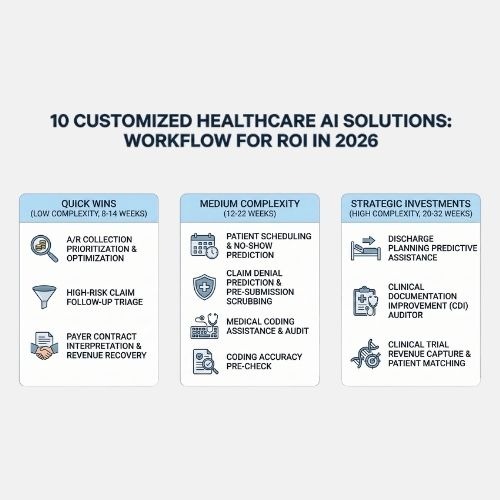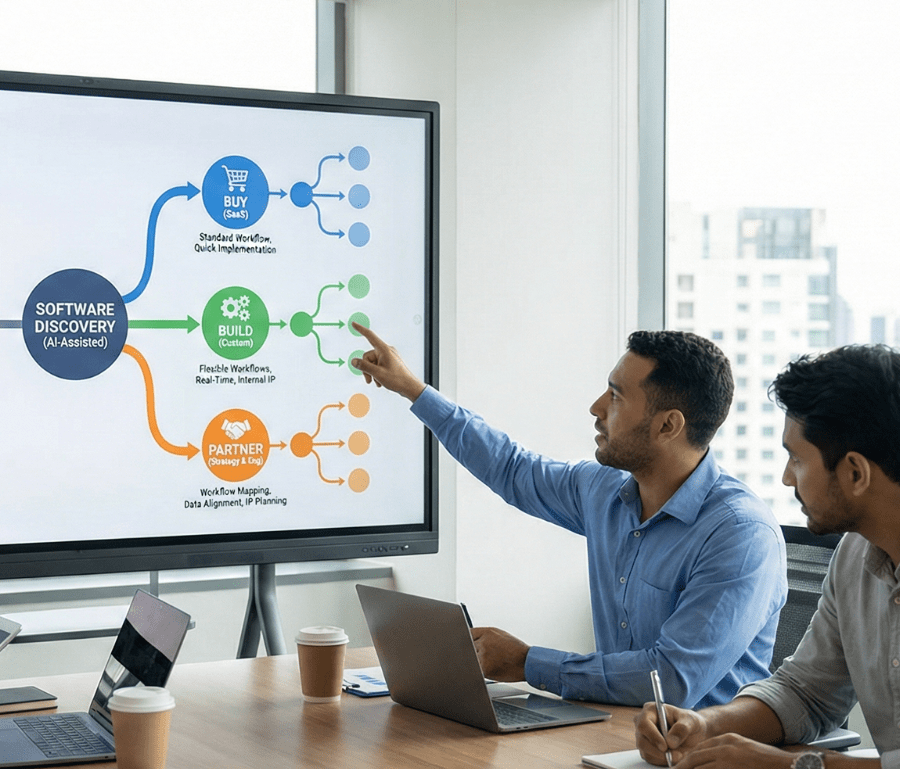Continued education is an important part of our growth and understanding. We regularly host Lunch and Learns to share knowledge, and we recently focused on accessibility. Accessibility relates to understanding the needs of people with disabilities and designing products so they can fully engage with them. The presentation focused on:
- Disability statistics and facts
- Why accessibility is important
- How people with disabilities access digital content
- How to create accessible products
Watch the presentation
Running time: 20 minutes
Q + A
Below are highlights from our discussion during the presentation.
Q:
As it relates to building applications that address both populations, challenged or not, what is the best practice? Are companies creating two instances of the same application; are they embedding features, but it’s the same instance?
A:
Creating one instance, using the same code base, and following Web Accessibility Content Guidelines (WCAG) to ensure people with disabilities can access content.
Q:
Does this affect a product that receives funding from the Federal Government?
A:
Yes, it will most likely be required to meet WCAG 2.0 Level AA success criteria. Section 508 establishes accessibility requirements for electronic and information technology developed, maintained, funded, or used by the Federal Government.
Q:
Have any of these regulations, laws or any other guidelines crept into software as a medical device (SAMD) yet? Some of the themes that you talked about in terms of reduction of risk, making sure that the user experience is accessible for everybody; those are some of the themes that also come into the medical device world, except that the risk level is higher.
A:
Section 508 would apply to any user interface that we design for a medical device, if the Federal Government is associated. Regardless, I would assume that these medical devices need testing and FDA approval, and the user interface would be an aspect of this.
It should also be a part of the process to understand users through investing time in research and testing, and designing products that meet their needs. I think this is a significant aspect of creating products that everyone can use, and that would help mitigate errors.
Q:
What kind of trends do you see in terms of the different private sectors that are reaching these standards?
A:
It seems that accessibility is a trending topic. I’m seeing conferences and workshops dedicated to accessibility, as well as more articles and tools related to the importance of accessibility and best practices. Starting out several years ago, I had difficulty finding clear guidance as a Designer. Lately, I find more support geared towards design, as well as software plugins and tools for testing things like color contrast and color blindness.
Many companies, such as top tech giants, have established internal accessibility training and documentation, and integrate accessibility into their products and services.
Q:
Do you think Covid had something to do with awareness, just because people relied even more on technology and they weren’t going out as much?
A:
We definitely relied more on technology – from working at home, attending school remotely, and accomplishing tasks that we may have previously done in person.
From what I’ve been hearing, it seemed to accentuate the weakness in digital content delivery – whether it was lack of access to needed technology, or poor user experiences. I would think this contributed to awareness, since access to technology is essential for people with disabilities.
Q:
Is this a moving target at all? Like how often are they updating this as it relates to mental disabilities.
A:
There are several WCAG success criteria already that support cognitive disabilities. WCAG 2.2 is due early this year, and this includes additional success criteria for cognitive disabilities.
Whether they’re being implemented, is another challenge. Lawsuits have been increasing, which is an indication that people’s needs aren’t being met.
To sum up, our lunch and learn session on designing accessible products for healthcare and individuals with disabilities was a significant step in our commitment to designing products for everyone. The team was engaged in the discussion and shared their insights on the importance of accessibility. Our responsibility as a product design, development, and product management team is to ensure that our products are inclusive for all, regardless of their abilities. At Digital Scientists, we believe that by designing accessible products, we can positively impact people’s lives.
Resources
- Centers for Disease Control and Prevention disability infographic
- World Health Organization disability fact sheets
- Microsoft inclusive design
- Section 508
- ADA guidance on web accessibility
- W3C Web Accessibility Initiative
- People with disabilities share why accessibility matters in technology
- How did Microsoft’s leadership buy-in lead to a cultural shift around accessibility?
- Accessibility for everyone, everywhere
- Understanding assistive technology: mobile screen readers



